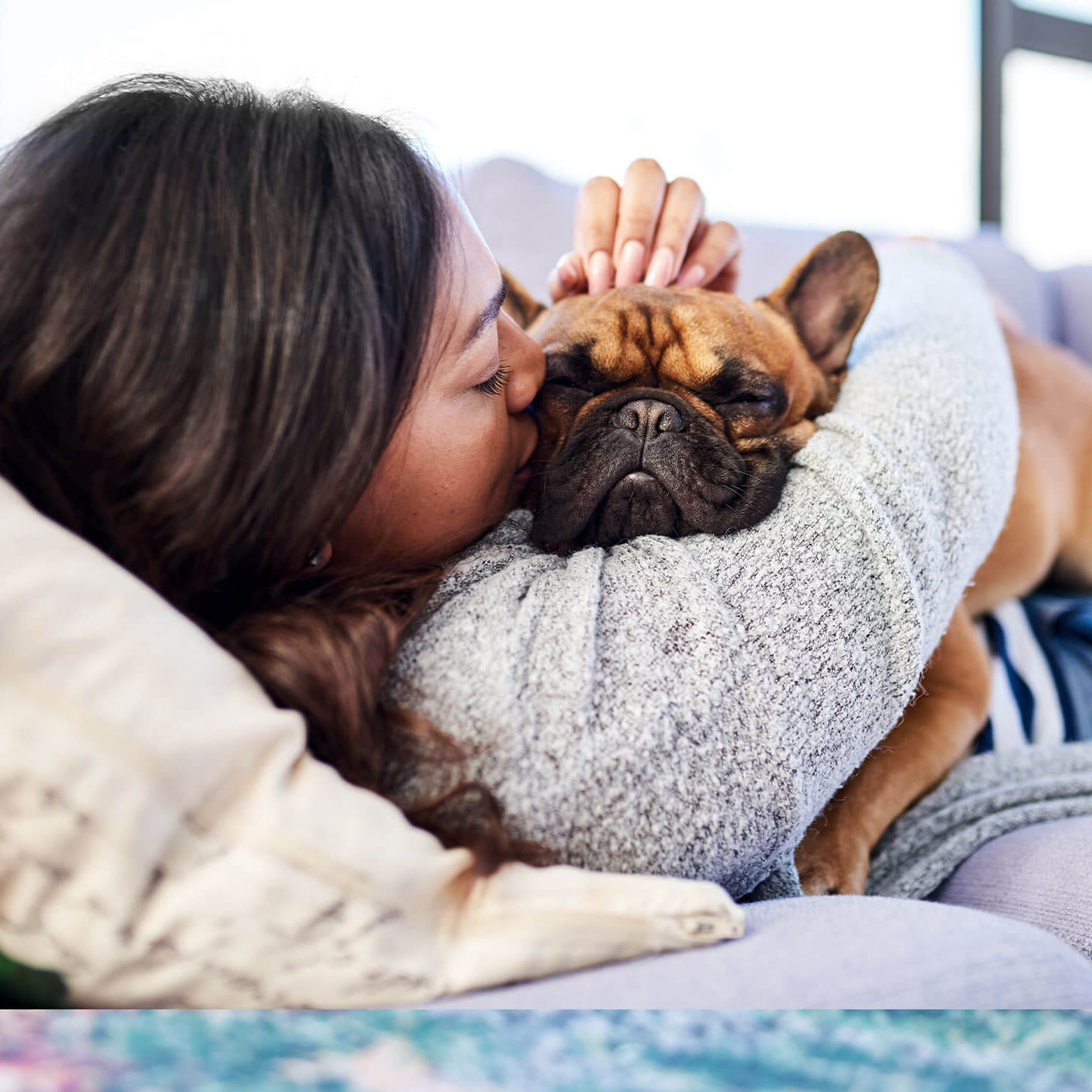
Whenever a member of your family needs surgery—human or animal—it is a scary time. We get that at Furever Family and want to be sure you have all the information you need to feel comfortable when your loved ones need additional care.
Each and every veterinary surgery we perform at Furever Family Veterinary Care Center uses the highest standards of care.
What happens when my pet is in surgery?
-
Surgical preparation
We clip the hair from the skin surrounding the surgical site and antiseptically scrub it. The surgical personnel will scrub, cap, mask, gown, and glove prior to entering the surgical suite. All of the surgical equipment is sterilized before the operation begins.
-
Monitor
Heart rate, continuous ECG (electrocardiogram) tracing, respiratory rate, blood pressure, body temperature, pulse, and oxygenation saturation are all constantly monitored throughout the procedure by a certified veterinary technician. That technician will monitor your pet before, during, and after surgery.
-
Fluids
Almost all of our surgical patients have an IV (intravenous) catheter placed prior to surgery. This allows us immediate access for any medications and fluids required to support your pet throughout surgery. Patients that receive intravenous fluids during the procedure have a small area on one of the front legs clipped to allow sterile placement of the intravenous catheter. The site may still be bandaged at your pet’s release time. You may remove the bandage later in the day.
-
Surgical Incision
Electrocautery is used to make incisions, remove large masses, or cut away infected/dead tissues. The cut may be closed with sutures (stitches), surgical glue, or staples.
-
Warming methods
While under anesthesia, it is very common for pets to lose body heat and develop a lowered body temperature, which can slow recovery times and result in complications. This is why we place all surgical and dental patients on heated circulating water blankets to maintain normal body temperature throughout the anesthetic period.
-
Pain Relief
All surgical veterinary patients receive maximum pain control pre- and post-surgery to minimize discomfort and optimize healing.
-
Anesthesia
Local or general anesthesia may be used. Some risk is involved depending upon the general condition of your pet, but all precautions are taken to minimize this risk. Anesthesia protocols are tailored to your pet’s individual needs. If a surgical procedure needs to be delayed for any reason, we will contact you immediately to discuss the situation. Isoflorane gas anesthesia are used. These are the safest anesthetic agents available for your pet.
-
Post-surgical care
Your pet’s well-being is monitored continuously by our veterinarians and trained staff until he or she is released back into your care. A trained surgical technician will discuss any home care instructions with you during a special discharge appointment.
When should I spay/neuter my pet?
We almost always recommend waiting to spay or neuter your puppy until they are over 6 months of age. There are a lot of studies being done lately about specific breeds, and the best time to have surgery done to maximize their health as they age. This is a very important topic that needs a discussion between us so we can take all factors into consideration and decide on your pet's best timing for their surgery.
**For giant breeds, and deep-chested dogs like standard poodles, there is a fatal condition they can develop called Gastric Dilatation and Volvulus, often referred to as "Bloat" or "GDV". Refer to sites like ACVS for more info. To prevent this, we often can prophylactically do surgery on your pet to "tack" their stomach down. This procedure is often done at the same time as spays/neuters. As always - every breed, dog, family is different, so we will discuss pros and cons with you during your puppy visits.
What are the benefits for your pet?
Dogs
- If your female dog is spayed before her first heat cycle, her chances of breast cancer are close to 0%.
- Females who are not spayed can go into heat and potentially become pregnant.
- The chance of females suffering from an infected uterus or mammary tumors is reduced.
- Around the age of 5, male dogs may begin to have issues with their prostate glands. Neutering will help to lessen the chance of prostate problems.
Cats
The noise factor of a cat in heat cannot be denied. Yes, it is loud and annoying to surrounding humans, but it is uncomfortable for her as well. Don’t be fooled if all is quiet; a cat’s reproductive system can go into dormant phases.
- Cats can have 2–3 litters of kittens a year.
- Adult females can be in heat as often as every 2 weeks for 6 months.
- When male cats are neutered, their chance of developing testicular cancer is eliminated and it also reduces their chance of having prostate cancer.
How much does it cost to spay or neuter my animal?
For any surgical procedure, even “routine” ones like spaying and neutering, there are multiple factors that come into play and can impact pricing. For that reason, all pets must come in for an appointment first to discuss their specific condition, treatment plan, and pricing when we schedule the procedure.
